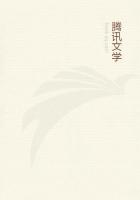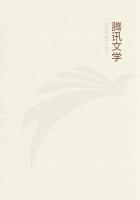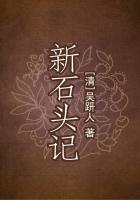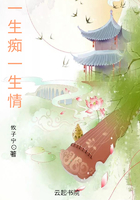I imagine, without venturing, however, to make a categorical statement, that the perforated apex is a chimney to admit the air required for breathing. Every pupa breathes in its shell, however compact this may be, even as the unhatched bird breathes inside the egg. The thousands of pores with which the shell is pierced allow the inside moisture to evaporate and the outer air to penetrate as and when needed. The stony caskets of the Bembex- and Stizus-wasps are endowed, notwithstanding their hardness, with similar means of exchange between the vitiated and the pure atmosphere. Can the shells of the Anthidia be air-proof, owing to some modification that escapes me? In any case, this impermeability cannot be attributed to the excremental mosaic, which the cocoons of the resin-working Anthidia do not possess, though endowed with an apex of the very best.
Shall we find an answer to the question in the varnish with which the silken fabric is impregnated? I hesitate to say yes and I hesitate to say no, for a host of cocoons are coated with a similar lacquer though deprived of communication with the outside air. All said, without being able at present to account for its necessity, I admit that the apex of the Anthidia is a breathing-aperture. I bequeath to the future the task of telling us for what reasons the collectors of both cotton and resin leave a large pore in their shells, whereas all the other weavers close theirs completely.
After these biological curiosities, it remains for me to discuss the principal subject of this chapter: the botanical origin of the materials of the nest. By watching the insect when busy at its harvesting, or else by examining its manufactured flock under the microscope, I was able to learn, not without a great expenditure of time and patience, that the different Anthidia of my neighbourhood have recourse without distinction to any cottony plant. Most of the wadding is supplied by the Compositae, particularly the following:
Centaurea solsticialis, or St. Barnaby's thistle; C. paniculata, or panicled centaury; Echinops ritro, or small globe-thistle; Onopordon illyricum, or Illyrian cotton-thistle; Helichrysum staechas, or wild everlasting; Filago germanica, or common cotton-rose. Next come the Labiatae: Marrubium vulgare, or common white horehound; Ballota fetida, or stinking horehound; Calamintha nepeta, or lesser calamint;Salvia aethiopis, or woolly sage. Lastly, the Solanaceae: Verbascum thapsus, or shepherd's club; V. sinuatum, or scollop-leaved mullein.
The Cotton-bees' flora, we see, incomplete as it is in my notes, embraces plants of very different aspect. There is no resemblance in appearance between the proud candelabrum of the cotton-thistle, with its red tufts, and the humble stalk of the globe-thistle, with its sky-blue capitula; between the plentiful leaves of the mullein and the scanty foliage of the St. Barnaby's thistle; between the rich silvery fleece of the woolly sage and the short hairs of the everlasting. With the Anthidium, these clumsy botanical characteristics do not count; one thing alone guides her: the presence of cotton. Provided that the plant be more or less well-covered with soft wadding, the rest is immaterial to her.
Another condition, however, has to be fulfilled, apart from the fineness of the cotton-wool. The plant, to be worth shearing, must be dead and dry. I have never seen the harvesting done on fresh plants.
In this way, the Bee avoids mildew, which would make its appearance in a mass of hairs still filled with sap.


